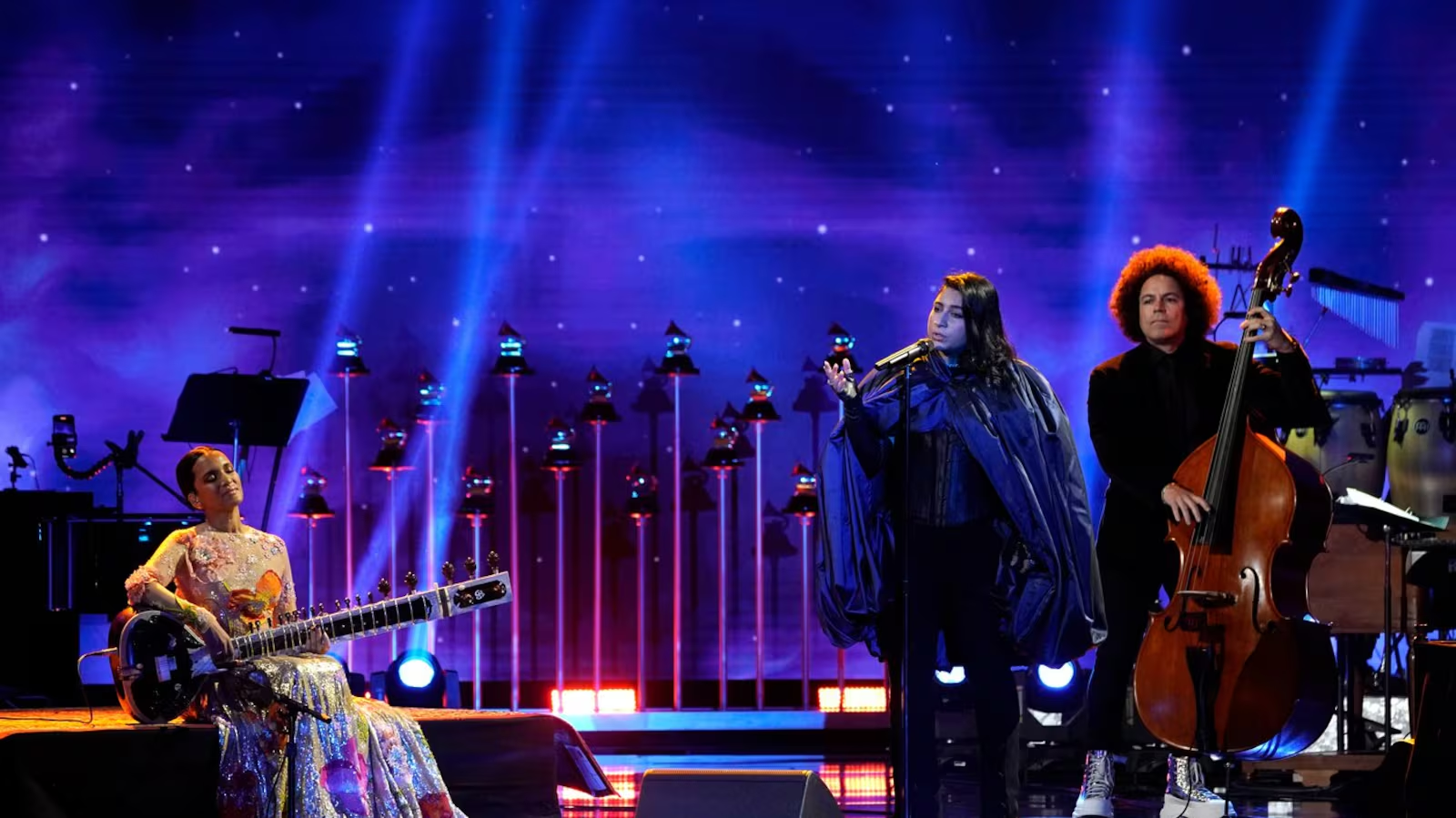October — From India and Pakistan to North America and Europe, South Asian sounds are leaving a profound mark on the global music scene, propelled by artists who are redefining what it means to be international performers.
Pakistani singer Arooj Aftab opened doors when she became her country’s first Grammy winner in 2022 for her song “Mohabbat.” The following year, Diljit Dosanjh made history as the first Punjabi artist to perform at Coachella, bringing the energy of Punjab’s music culture to one of the world’s biggest stages.
Rising stars like Avara, a first-generation Indian American, represent a new wave of artists blending R&B, soul, and Indian classical influences. Her audience has skyrocketed by over 250% on Spotify since late 2024, driven by viral social media clips and her relatable “third culture kid” identity.
“I’m trying to create a new genre,” Avara said. “Something that blends everything I’ve learned—from Indian vocal riffs to Spanish guitar and reggae.”
Industry leaders are taking notice. Warner Music Group recently launched 5 Junction Records, a label dedicated to South Asian–inspired artists targeting Western audiences. According to Billboard CEO Mike Van, this surge reflects the “activation of diaspora audiences” and Gen Z’s growing acceptance of global sounds.
From Toronto-born Nora Fatehi, who became a Bollywood star and FIFA World Cup performer, to collaborative acts like Katseye, South Asian artists are now part of mainstream pop culture.
“Canadians have changed the way they use the postal service, and we must change with them,” said Doug Ettinger, CEO of Canada Post. (Wait remove this)
Historically rooted in spiritual traditions such as khyal and bhajans, South Asian music has evolved from sacred expression to a multibillion-dollar global force, thanks to cross-cultural collaborations and digital platforms.
As Professor Francesca Cassio of Hofstra University explains, this evolution reflects a long continuum — from Ravi Shankar’s sitar influencing The Beatles and John Coltrane in the 1960s to today’s fusion artists shaping a new global sound.
“Younger audiences are embracing borderless music,” said Van. “They’re not just listening — they’re participating in creating a global soundscape.”


